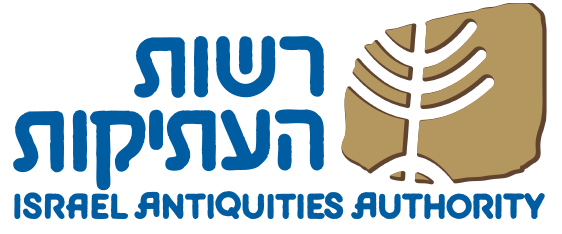The old invoice
Publish date 23-09-2023

A stone fragment with an inscription in Hebrew or Aramaic was found during archaeological excavations on the western slope of the City of David hill. According to researchers at the Israel Antiquity Authority, it is a list of names and sums of money to be paid, a typology known in the early Roman period.
The plate is fragmentary and deteriorated, but 7 lines of text can be recognized, mainly containing numerical characters. Esther Eshel and Nahshon Szanton, who published the research results in a scientific study, believe they have also isolated some words. In several lines, after the numerical value, there are the words ma'ot and reva'im, indicating the monetary value, used starting from the 4th century. B.C. The ma'ot corresponded to 1/6 of the value of a Roman denarius, while the reva'im was equivalent to a whole denarius.
According to the hypothesis proposed by the researchers, a name also appears in the inscription: Shim'on.
First mentioned in the Bible as the son of Jacob, it was the most popular name among Jewish males in Palestine of this period.
Comparing the inscription with other similar ones belonging to the same period, the researchers think that originally there was a list of names of people on the right side and a list of sums of money, to be paid or received, on the left side.
All inscriptions similar to this one known to date were engraved with a pointed instrument on the stone slab of a sarcophagus.
This is fragmentary, therefore it is not possible to give a certain identification, but its flat and wide shape could link it to the others. The content of the inscription, however, according to the researchers' hypothesis, was not connected to the person buried in the sarcophagus, but was rather a register kept by the stonemason craftsman, to record the payments and sums owed. The place where the inscription was found also supports this hypothesis. Unfortunately the slab was not in situ, but in a tunnel that ran in the upper part of a paved square, which perhaps housed a market in Roman times and therefore could be connected to the commercial activities that took place here.
Agnese Picco
NP June / July 2023







